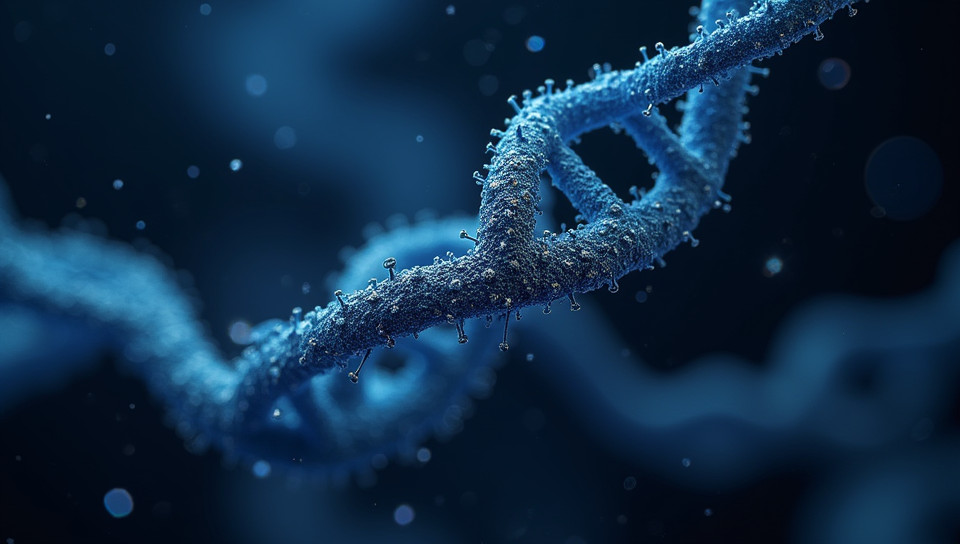Optogenetics requires genetic modification 88%

Optogenetics: The Power of Genetic Modification in Neuroscience Research
Imagine being able to control specific neurons in the brain with light, allowing researchers to study neurological disorders and develop new treatments with unprecedented precision. This is the promise of optogenetics, a revolutionary technology that has revolutionized our understanding of the brain's neural circuits. At its core, optogenetics relies on genetic modification to introduce light-sensitive proteins into specific cells, enabling scientists to manipulate their activity with pinpoint accuracy.
What is Optogenetics?
Optogenetics is a multidisciplinary field that combines genetics, neuroscience, and engineering to develop tools for controlling cell function using light. By introducing genes that encode for light-sensitive ion channels or pumps, researchers can selectively activate or silence specific neurons in the brain, allowing them to study neural circuits and behavior with unprecedented precision.
The Importance of Genetic Modification
Genetic modification is a crucial component of optogenetics, enabling scientists to introduce the necessary light-sensitive proteins into specific cells. This is typically achieved through viral vectors that deliver the gene of interest to the target cells, where it is then expressed and integrated into the cell's genome. By carefully selecting which cells to modify, researchers can ensure that only specific neurons are affected by the optogenetic tool.
- Gene editing techniques such as CRISPR/Cas9 can be used to introduce point mutations or insertions/deletions (indels) in genes involved in neural function.
- Viral vectors like adeno-associated viruses (AAVs) can be engineered to selectively target specific cell types or regions of the brain.
- Genome engineering tools allow researchers to modify gene expression patterns and study their effects on neural behavior.
Applications of Optogenetics
Optogenetics has far-reaching implications for our understanding of neurological disorders and the development of new treatments. By enabling researchers to selectively manipulate neurons in the brain, optogenetics offers unparalleled opportunities for studying: * Neural circuit function and dysfunction * Synaptic plasticity and learning * Neurological disorders such as Parkinson's disease, epilepsy, and depression
Conclusion
Optogenetics has transformed our understanding of the brain's neural circuits and holds immense promise for developing new treatments for neurological disorders. The use of genetic modification is a critical component of this technology, allowing researchers to introduce light-sensitive proteins into specific cells with precision and accuracy. As optogenetics continues to evolve, it is likely to reveal new insights into the workings of the brain and pave the way for innovative therapies that can improve human health and well-being.
- Created by: Miguel Ángel Acosta
- Created at: Dec. 27, 2024, 11:32 a.m.
- ID: 17101









